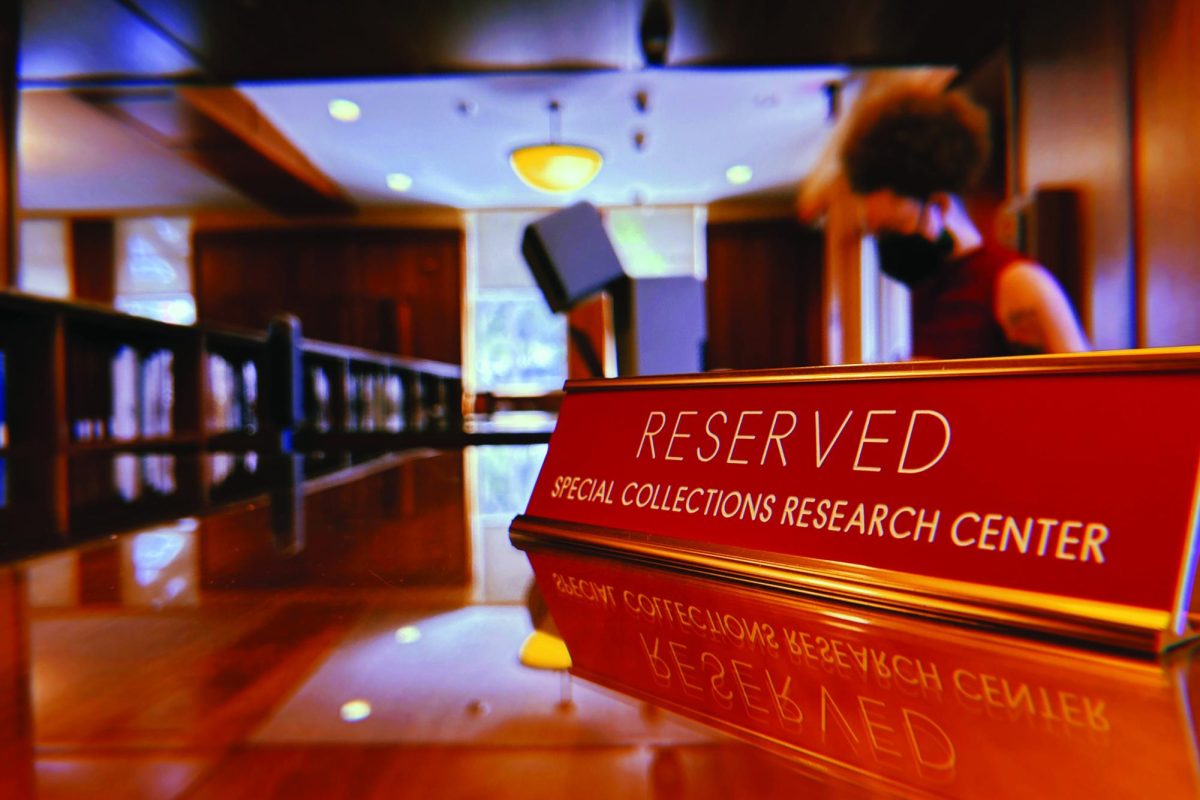The way a student body president candidate expresses him or herself speaks a great deal about the ability of that person to effectively represent students. Campaign promises and well-crafted platforms are certainly important, but eloquence is what really pulls the sword from the stone.
Despite all the other superlatives and positive characteristics — the resume builders and the certifications — leadership, at its core, is built upon communication.
Students’ chief executive, the student body president, must be able to orate and convey the thoughts and sentiments of the electorate. Jay Dawkins, the 2008-2009 student body president, was well-known for his calculated and deliberate, yet up-tempo, speech. Likewise, Jim Ceresnak, the student body president, is a powerful and direct speaker — if long winded.
To represent students at the Board of Trustees, master the podium and create a dialogue with the campus, the perfect candidate must be able to navigate the banter and create a captivating message — he or she must be a consummate politician.
The student body president debate Thursday painted a portrait of the candidates’ speaking talents. The following columns were their opportunity to express themselves in writing. In a sort of written synthesis of the debate, the candidates were asked to explain Student Government’s role on the campus and address how they would effectively guide it?
Six of the campaign’s seven candidates — the same six who attended the debate — responded to the question with the written directive to remain concise and clear. They are being tested for all students to see.
At the debate, some of the candidates’ campus knowledge could have been more complete. Fortunately, the role can — and will — correct those issues. It can’t necessarily correct a student’s ability to effectively communicate — the most basic attribute of advocacy.
The candidate columns aren’t perfect indicators of success, but they give students a great insight into the abilities of the six front-runners.



